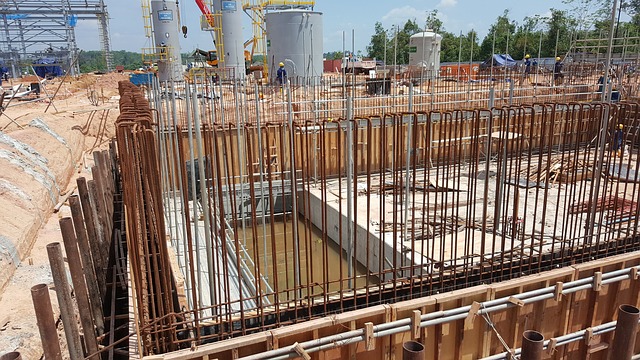Underpinning is a method used to strengthen an existing foundation or deeperen it so it rests on better soil strata, or modify its appearance or add floors.
The pit method is a classic mass concrete underpinning method. This involves digging box-shaped voids under existing foundations and filling them with concrete in an organized fashion.
Excavation
Underpinning is a method used to strengthen the foundation of existing buildings. It involves excavating under the current foundation and installing reinforcements; this enables buildings to bear more weight without shifting. Underpinning Melbourne is often recommended when buildings show signs of settlement or tilting.
An experienced structural engineer is best qualified to assess if underpinning is suitable for your house. They’ll take measurements and inspect the condition of the soil before providing recommendations on which technique would work best.
One of the most widely-used underpinning methods is pit method, which involves drilling into existing foundations with steel-lined drill bits until hitting firm strata and filling the pit with concrete for curing before moving to step two. Although cost-effective, this may not always be suitable in all situations – mini-piling and jet grouting may offer alternatives with less invasive solutions that may better meet specific needs.
Filling
Underpinning is the practice of expanding a foundation to rest on more supportive soil stratum, typically to repair an unstable or failing foundation or add stories to an existing property. It may also be used in “pop-top” renovations (adding stories to an existing property) and condo conversion (when additional load-bearing capacity is necessary). Underpinning can be accomplished using various methods including piling and jet grouting.
Piling involves driving steel piles into low grade/clay subsoils until they impact with more stable strata, an invasive yet potentially effective technique in challenging environments.
Mass concrete underpinning involves expanding an existing foundation until it reaches a stable stratum, usually more cost-effective than pit methods such as cantilever pit. To transfer loads safely between old and new foundations, pins are installed between them with packs of dry sand-cement to transfer loads safely; this method is often known as cantilever pit.
Shoring
Underpinning is often considered the only permanent solution to a sinking foundation. Unfortunately, however, the process can be expensive and time consuming, often requiring the services of geological engineers as well as substantial labor for proper concrete pours. When done incorrectly it could damage an existing home as well as cause structural instability leading to possible collapse.
Shoring is a technique which utilizes dead shores to transfer load from walls onto new foundations. The technique involves drilling holes at strategic heights in walls and then installing needles which are supported by dead shores from both sides, secured to them via folding wedges for stability.
This method is the go-to choice when dealing with buildings that have heavy foundation loads, as it excavates soil in stages or “pins,” until reaching an appropriate bearing stratum and then filling it in with concrete and allowing it to cure before proceeding to excavate another pin.
Reinforcement
Underpinning is the practice of increasing the depth of a foundation so it rests on deeper soil strata with increased bearing capacity, often when existing foundations cannot support heavy loads. Underpinning is often used to correct damage caused by settlement and to repair damages caused by settlement itself, and may even help prevent movement in footing that might cause lateral cracking or slab heave.
Tandem schedules use two chains of reinforcement, with progress in one chain impacting progress in another chain; for instance, an animal might receive reinforcement for pecking a green disc on an FR 10-s schedule while simultaneously working on VI 6-s.
Simple schedules have one rule that determines when reinforcers will be delivered for desired responses, while ratio schedules provide reinforcers after a certain number of responses from organisms, for instance in lab experiments this might mean feeding rats after pressing certain number of bars in Skinner boxes.

